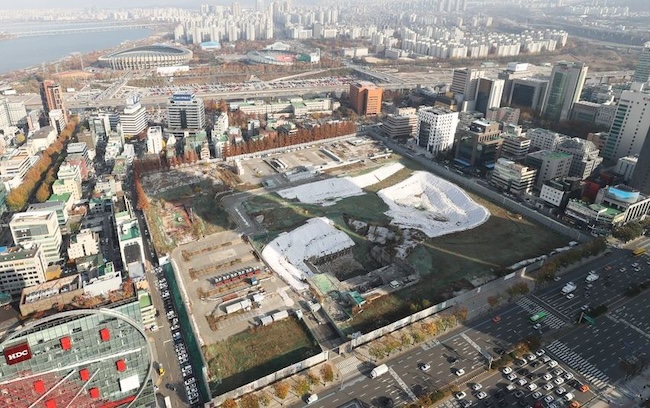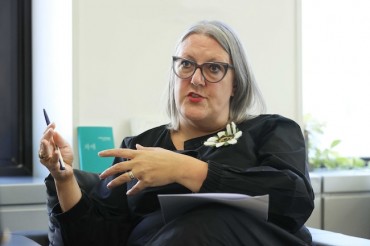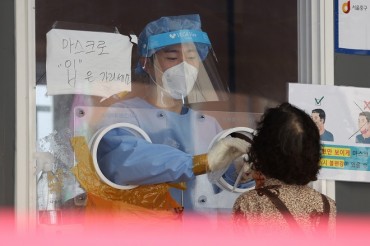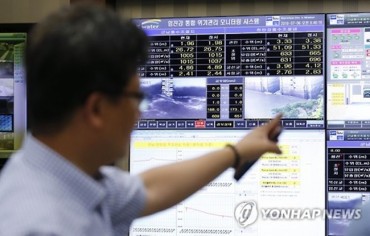SEOUL, May 21 (Korea Bizwire) – A tense standoff has emerged between Hyundai Motor Group and the Seoul Metropolitan Government over the proposed height of buildings in the forthcoming Global Business Complex (previously Global Business Center) slated for Seoul’s affluent Gangnam district.
The discord centers on the maximum number of floors for the tallest skyscraper in the development. Hyundai had initially planned for a single 105-story ultra-high-rise tower but later revised its proposal to two 55-story buildings.
However, the Seoul government, which oversees building permits, has rejected this change.
This impasse raises concerns that the groundbreaking for the GBC, previously anticipated as early as the second half of 2024, could face further delays.
The GBC project appeared to be progressing smoothly at its inception. In 2014, after acquiring the former Korea Electric Power Corporation site in Samseong-dong, Gangnam, Hyundai submitted plans to construct one ultra-high-rise and four low-rise buildings across a 79,342-square-meter area.
Following consultations with Seoul officials, construction was slated to commence in 2020, with total projected costs exceeding 15 trillion won factoring land acquisition, taxes, public contributions, and construction expenses.
However, the actual groundbreaking was repeatedly postponed. As construction costs escalated and height restrictions emerged for skyscrapers, Hyundai revisited its original design.
In February, the automaker presented Seoul with a revised proposal citing considerations like practicality, safety, evolving business landscape, and future strategy.
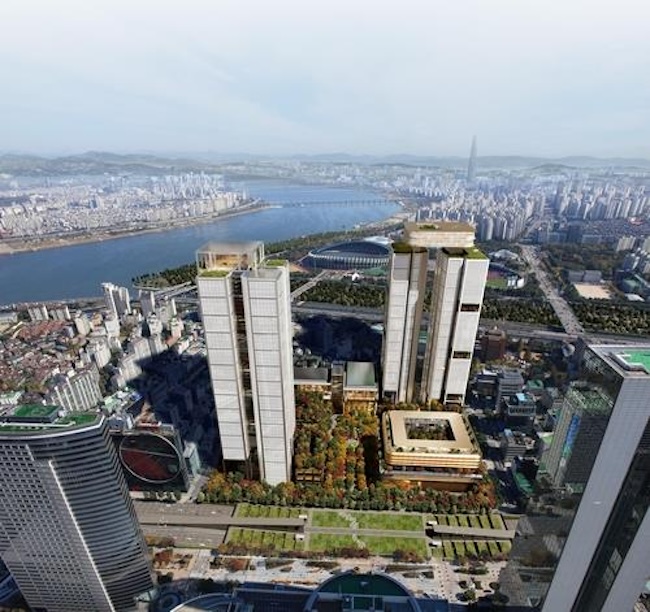
Hyundai had initially planned for a single 105-story ultra-high-rise tower but later revised its proposal to two 55-story buildings. (Image courtesy of Hyundai Motor)
Lowering the maximum height to around 55 floors, Hyundai argued, would substantially reduce construction costs and timelines. Yet after a three-month review, Seoul indicated it could not accept the 55-floor plan unless its viability was conclusively demonstrated, requesting a return to the negotiating table earlier this month.
On May 17, Hyundai reportedly inquired whether the height revision was up for renegotiation. Three days later, renderings based on the 55-floor blueprint were abruptly released, signaling Hyundai’s resolve to stand by its modified proposal.
An industry insider noted while the revision focuses on architectural aspects like height and design, zoning parameters like floor area ratio and usage had already been determined, suggesting streamlined approval if urban planning guidelines are met.
A Seoul official countered that scaling back from 105 to 55 floors constituted a “very significant change,” adding the city remained open to negotiations once Hyundai was prepared.
Some observers view the clash as a tug-of-war between pragmatism and principles, with Hyundai prioritizing cost savings and Seoul championing the landmark status and associated public contributions.
Concerns also mount that this conflict could further protract the GBC’s construction timeline.
While permits were initially projected for the second half of 2024 under typical processing periods, a protracted renegotiation could push back the overall schedule, potentially disrupting plans to revitalize the surrounding area and establish the GBC as a transformative hub for the broader Gangnam district.
Currently, excavation work is underway at the GBC site following the completion of ground reinforcement efforts.
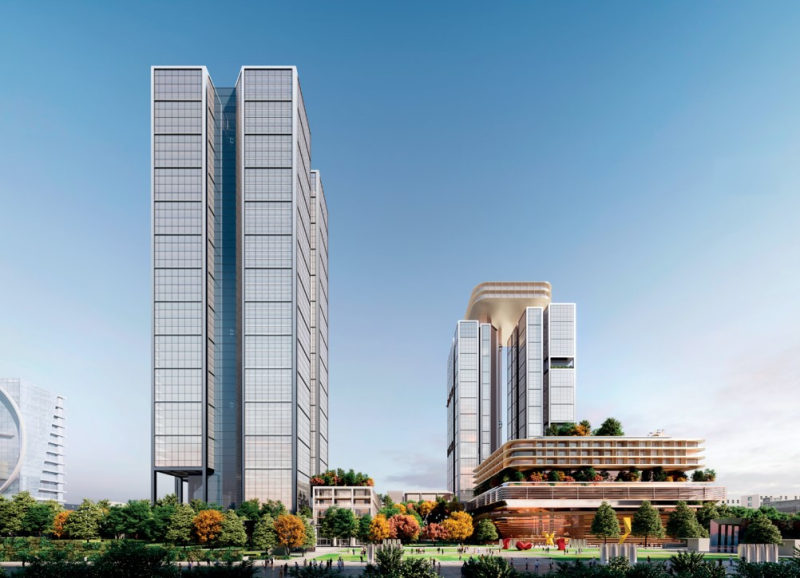
On Monday, Hyundai Motor Group unveiled a bird’s-eye view of the GBC concept design, showcasing a vision of a sustainable future where innovative technology and nature harmoniously coexist. (Image courtesy of Hyundai)
M. H. Lee (mhlee@koreabizwire.com)


